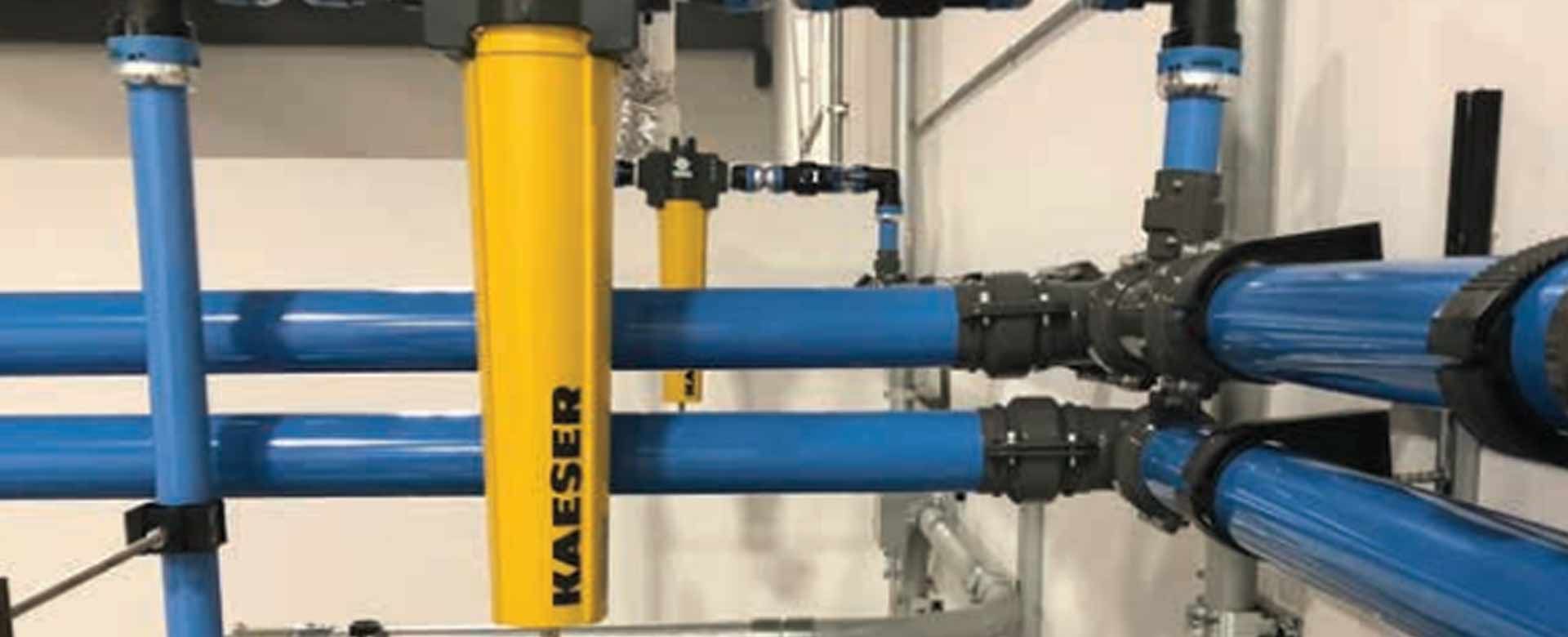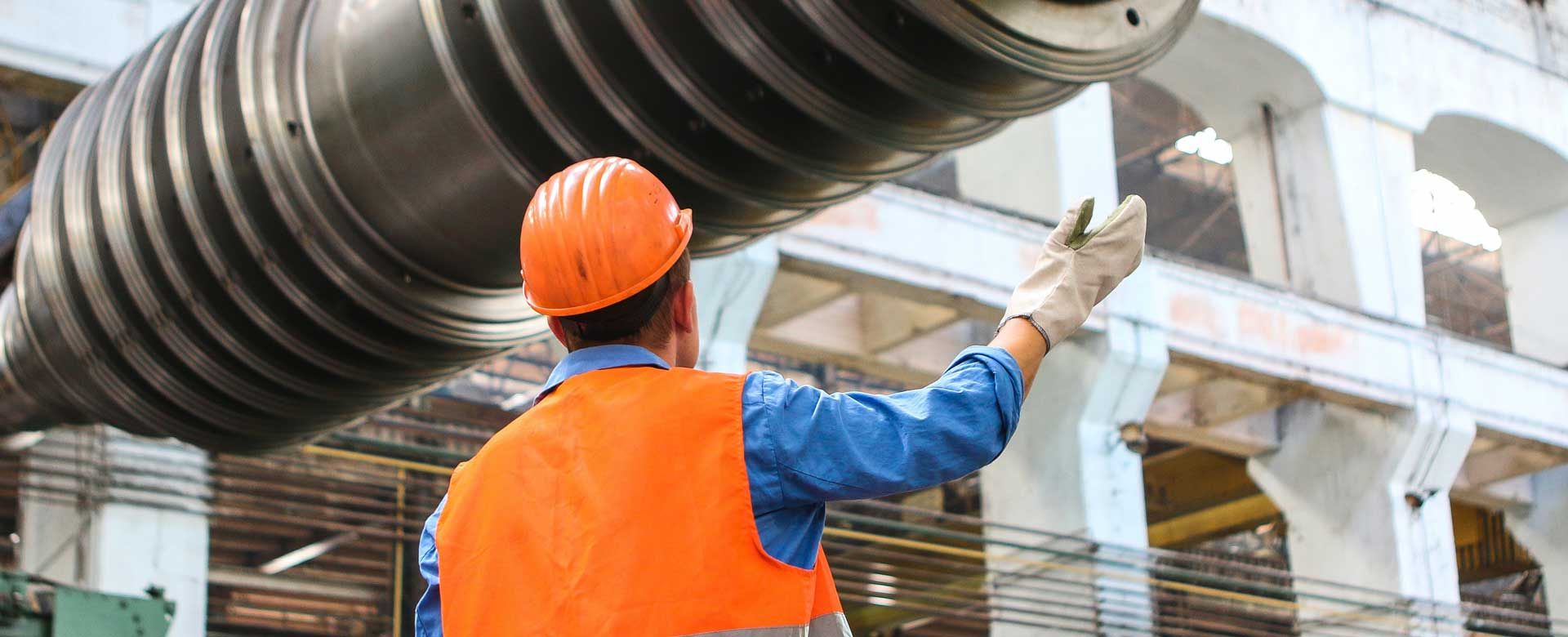What to do when your air compressor won’t build pressure
If your air compressor isn’t building enough pressure to carry out its given function, it can derail your workday. But, rest assured – there are several ways to resolve this common issue.
Read on for the best steps to take to identify the reason why your air compressor won’t build pressure.
Check your air demand
First off, make sure that your air demand settings are suitable for your needs. This is a simple first step in troubleshooting an air compressor that won’t build pressure.
Look for leaks
Leaks are a common reason for lost pressure in air compressors. So, if your compressor isn’t building pressure, check the air tank for leaks. If you find one, the tank will need to be replaced.
Can’t find leaks? Ask a technician to come and conduct a leak audit. They can determine if there are leaks and where they’re located.
Check the compressor valves
A failed air intake valve can make your air compressor fail to build pressure. Whether the air is leaking from the drain valves or the inlet valve isn’t fully opening, pressure valve issues may be the cause of your air compressor problem. So, check that the drain valve at the base of the air tank has a tight seal and that the inlet valve can open fully.
Consider the pump rings
Pump rings are essential to your air compressor’s capacity to build pressure. But, pump rings can wear out over time, eventually reducing the amount of air that the system’s pump can generate. If the pump rings are worn out, you may need to replace the pump to restore your compressor’s function.
Verify the belt’s condition
Air compressors that work on a belt drive can fail to build pressure if the belt is malfunctioning. You can check the belt by disconnecting the power, removing the back portion of the belt guard, and loosening the motor mounting bolts to tighten or replace the belt.
Get help from Elevated
At Elevated Industrial Solutions, we provide dependable repairs, audits, and analysis to help ensure your compressor is working at peak efficiency. We can schedule maintenance, so you have trusted experts checking your compressed air system regularly, too!

Announcing Kaeser’s re-designed BSD series rotary screw compressor

Kaeser’s SmartPipe
